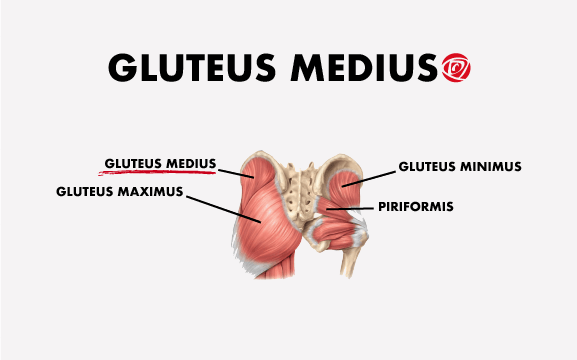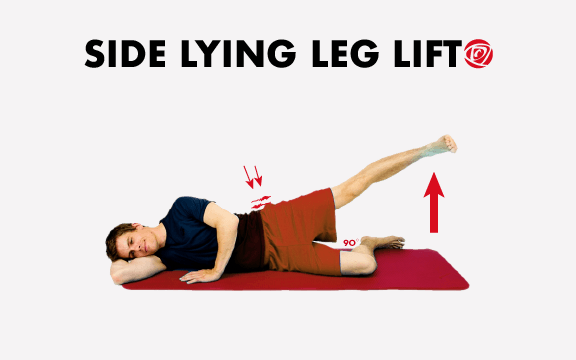Growing up playing lacrosse, and especially during my collegiate days playing at the University of Washington, I have endured my fair share of injuries. These included injuries ranging from small fractures to shin splints to knee pain to back strains. Some of these injuries in fact made me pursue the field of physical therapy. Since becoming a physical therapist, I have now been able to apply different principles and change how I train to avoid any future setbacks or injuries. I continue to play in the Washington, DC community post collegiately and integrating my PT knowledge into my training has enabled me to decrease my incidence of enduring injuries. In this blog, I will address how specifically focusing on hip strengthening and stability is important to stay healthy on the lacrosse field.


Lacrosse, as a whole, is a sport that combines a lot of quick sprints, agility as well as coordination of both arms and legs simultaneously. Focusing on areas other than just stick skills and running are imperative. In my opinion, one of the most important areas to address include the hips. Adding in just a few simple hip strengthening exercises into my workouts has led me to have less aches and pains both down the chain in the ankles and knees as well as up the chain in the back. Ensuring that your hips have the stability and endurance is important to avoid injuries throughout the body. For example, if your hips are unable to stabilize you during a quick change in direction on the field, this can lead to hip drop which therefore causes the knee to now endure more stress. In addition, this shift in the pelvis also causes increased stress into the low back. When looking at a lacrosse player move down the field, they are rarely just moving in a straight line, therefore solidifying the importance of multi-plane stability.

The gluteus medius muscle is one muscle that is especially important to address the stability in the hips, as shown below. Although smaller than the main gluteus maximus, the gluteus medius helps keep the hips level during single leg movements as well as helps bring the leg out to the side in a controlled fashion. Since so many of the movements in lacrosse involve running (which is in part single leg activity), as well as quicker multi-planar movements to get around your opponent or make a move to goal, this is one muscle that should be at the forefront of workouts for any lacrosse player.


Incorporating exercises such as hip lateral raises into a pre-workout or off day routine can greatly improve the stability while on the field. Depending on the level of challenge required, this can include anything from a side lying leg lift, shown below, or to side stepping drills.

Overall, ensuring that the hips, particularly the gluteus medius muscle, is strong and keeps you stable on the field is imperative. Focusing on hip stability exercises has been particularly useful for myself as I continue to play lacrosse post-collegiately. Each player presents in slightly different fashion and requires different needs. Come into Rose for a personalized, one-hour one-on-one, appointment to assess areas in your lacrosse game that we can address to help you acheive your maximum potential as a player!


